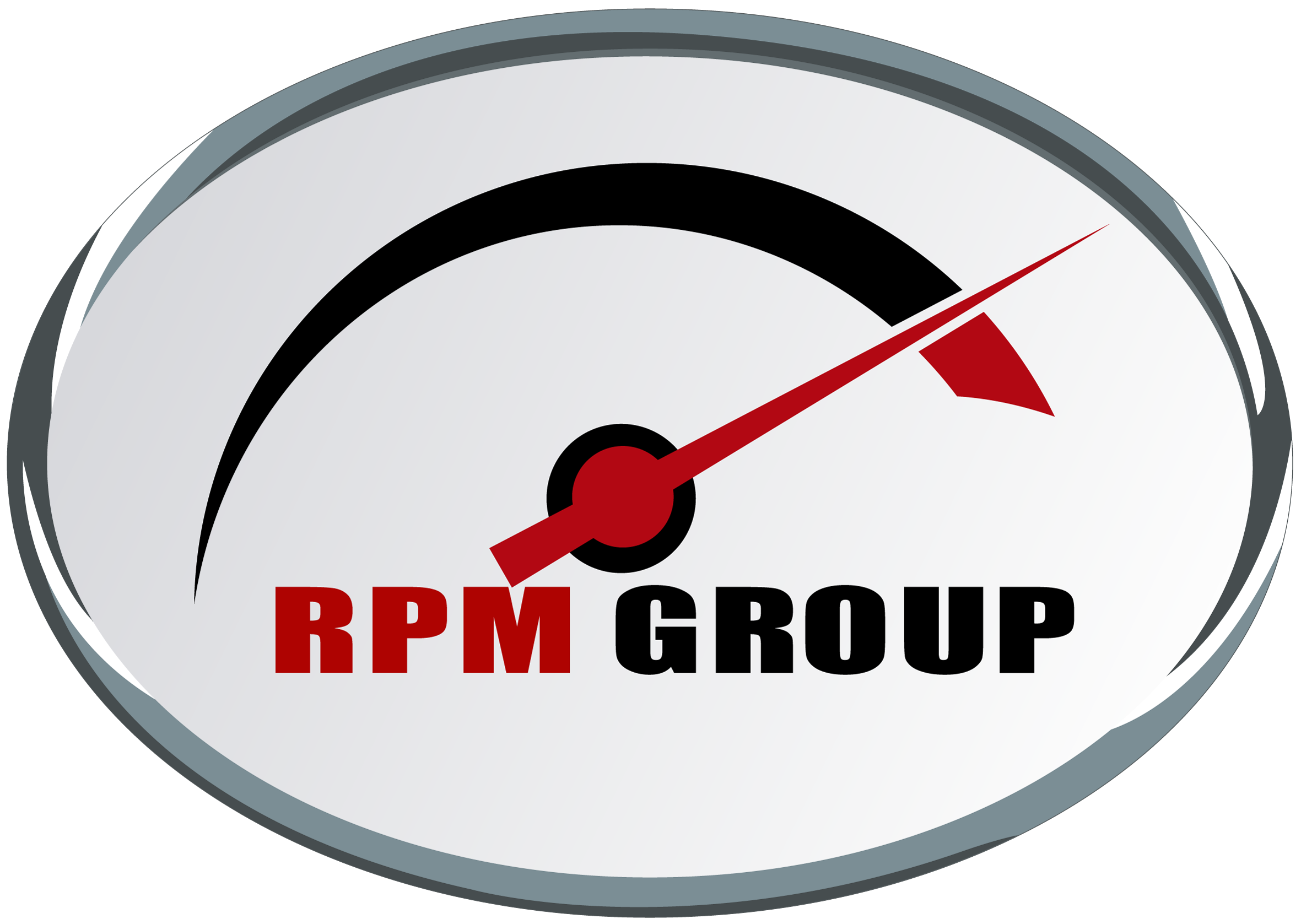The IRS allows Commercial and Multi-Residential property owners to separate the cost of building components from the cost of the structure through a cost segregation engineering study to accelerator the depreciation from 39 1/2 years to as short as 5 years. The average 1st year savings for our clients has been $135,000.
United States tax laws and accounting rules define cost segregation as the process of identifying personal property assets that are grouped with real property assets, and separating out personal assets for tax reporting purposes. According to the American Society of Cost Segregation Professionals, a cost segregation is “the process of identifying property components that are considered “personal property” or “land improvements” under the federal tax code.”[1]
A cost segregation study identifies and reclassifies personal property assets to shorten the depreciation time for taxation purposes, which reduces current income tax obligations. Personal property assets include a building’s non-structural elements, exterior land improvements and indirect construction costs.The primary goal of a cost segregation study is to identify all construction-related costs that can be depreciated over a shorter tax life (typically 5, 7 and 15 years) than the building (39 years for non-residential real property). Personal property assets found in a cost segregation study generally include items that are affixed to the building but do not relate to the overall operation and maintenance of the building.
Land Improvements generally include items located outside a building that are affixed to the land and do not relate to the overall operation and maintenance of a building. Reducing tax lives results in accelerated depreciation deductions, a reduced tax liability, and increased cash flow. Land improvements include parking lots, driveways, paved areas, site utilities, walk ways, sidewalks, curbing, concrete stairs, fencing, retaining walls, block walls, car ports, dumpster enclosures, and landscaping. Landscaping itself can be separated into plants, trees, shrubs, sod, mulch, rock, and security lighting.[2]
A Cost Segregation study allows a taxpayer who owns real estate to reclassify certain assets as Section 1245 property with shorter useful lives for depreciation purposes, rather than the useful life for Section 1250 property.[3]
Recent tax law changes under the Tax Cuts and Jobs Act of 2017 (TCJA) have given a boost to cost segregation. Bonus depreciation was increased from 50% to 100% on certain qualifying assets. Real estate investors will receive immediate expensing of certain 5, 7 and 15 year property. TCJA also allows used property that was acquired after Sept. 27, 2017 to qualify for this special depreciation treatment. A quality cost segregation will separate any costs that qualify under the new bonus depreciation rules.


